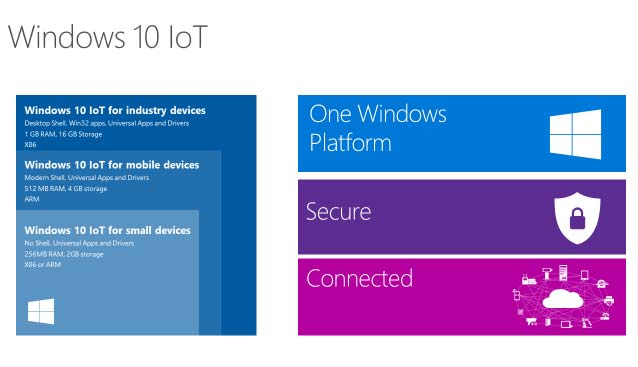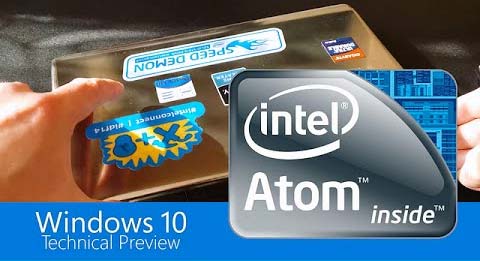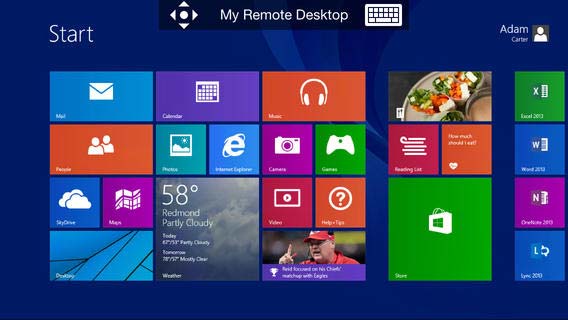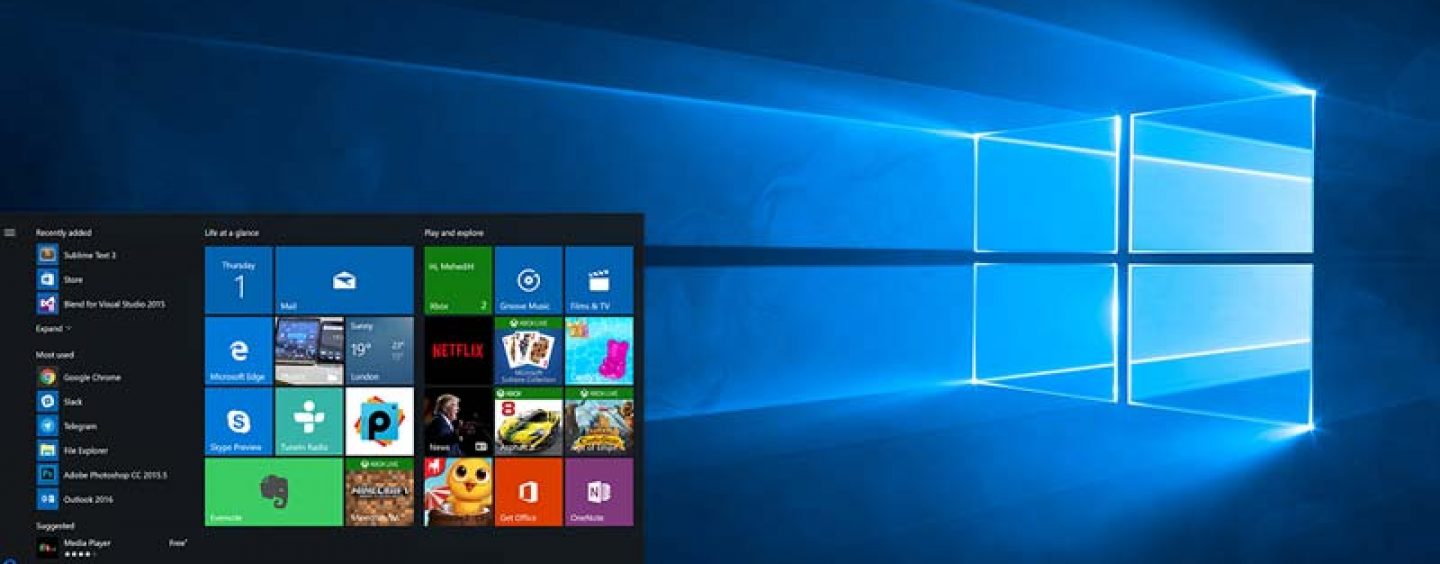Qualcomm and Microsoft have jointly announced about the possibility of Windows 10 getting ARM chipsets support. According to rumors, this will happen specifically to Qualcomm Snapdragon SoC’s and the devices might be available from next year. A few years ago, Microsoft was considering doing away with the old desktop apps for new touch-based apps with ARM processors. The project’s official name was Windows RT, and although it was a confusing and bold move, Microsoft moved forward with the project anyway.
Microsoft’s Windows RT project didn’t work out as anticipated because although the project resembled windows, it didn’t work like windows. One thing about Windows RT is that it could not run the old desktop apps although it was characterized by a desktop mode. However, Microsoft is now working on correcting that mistake and support ARM processors with Windows. From next year, you will witness a Windows 10 that is in a position to imitate the traditional apps for the desktop. This will allow gadgets creators to create tablets, phones, and laptops that are able to support numerous applications that exist in the world of Windows.
Windows 10 will now Imitate Traditional Desktop Apps
According to reports, in case the new move takes place, device manufacturers will now be in a position to build phones, laptops, and tablets that can support a wide range of existing Windows applications. At first, Microsoft is expected to support Snapdragon 835 Qualcomm processors. In addition, the initial gadgets to arrive on the market early next year will be laptops.

Microsoft is designing an emulator to be included in the OS in order to ensure that Windows 10 supports ARM chips. This will allow devices to run win32 applications x86 such as Photoshop or Chrome. However, Microsoft will not be in a position to imitate these apps x64 variants. This should not be a problem since not many applications are compiled for the x64 instructions. Additionally, most apps that have the x64 instructions already have x86 counterparts. This implies that next year you will be in a position to purchase a lightweight laptop that has an excellent battery life and one that supports Windows desktop apps.
According to Microsoft’s device and Windows chief, support for applications, enterprise capabilities and peripherals will be available. Microsoft has not provided enough details about how its imitation process will work. However, developers will not have to perform any special tasks to ensure that apps run on the ARM chips. The regular EXE or MSI packages are expected to work the same way they work on machines that have Intel chipsets. The major difference will be on performance.
Challenge for Intel

Moreover, Microsoft will imitate the instruction set for CPU, and this implies that CPU heavy apps will as well have better performances on machines based on Intel. Other aspects such as graphics, storage and performance will be natively handled by the operating system and captured the emulator. Microsoft has already demonstrated, with the Photoshop software the ARM capability on its desktop apps and its other desktop apps are expected to perform in a similar way. People will have to experience the new devices first, but the company is hopeful that people will be delighted by the experience.
Unlike the Windows RT, which was characterized by a desktop mode that could not run apps, the new Windows 10 ARM will feel and look just like the normal Windows 10. Additionally, it will function almost the same. This implies that laptops that are due next year will not confuse users, but will have impressive battery lives never seen in laptops powered by Intel before. Additionally, it implies that phone could finally be able to fully support desktop apps and this could enable the Continuum concept to become more powerful.

Customers will have to choose between Qualcomm and Intel, and most of them are likely to choose with their wallets. Moreover, the company is not providing laptop makers with any incentives to select ARM and it is only planning to consistently license Windows across chipsets. This does not imply that laptops powered by ARM will be cheaper.
Windows on ARM will as well challenge Intel meaning that Microsoft isn’t impressed by the slow processes common with Intel. The new collaboration is much better, and Qualcomm has integrated connectivity chips that allow for better idle power performances. Microsoft is also investing in universal apps platform to ensure that it continues to run properly.
See Also: Windows 10 to Open Up a New Era of Smartphones
Conclusion
The company is not revealing sufficient information in relation to its ARM initiative. However, it is clear that it is paying more attention on laptops first and the plan to have phones running desktop apps is on its way. The company is thinking about a great platform that can support large screens, small screens, head-mounted displays, and devices without screens. This means that everything will depend on device makers. Device makers can now choose whatever they want with the new support since Microsoft has perfectly enabled it across multiple Windows 10 variants.





